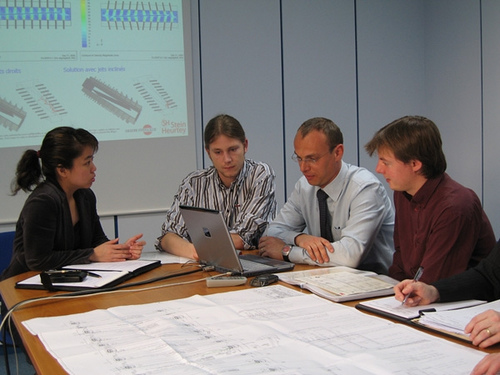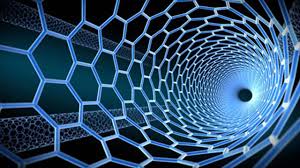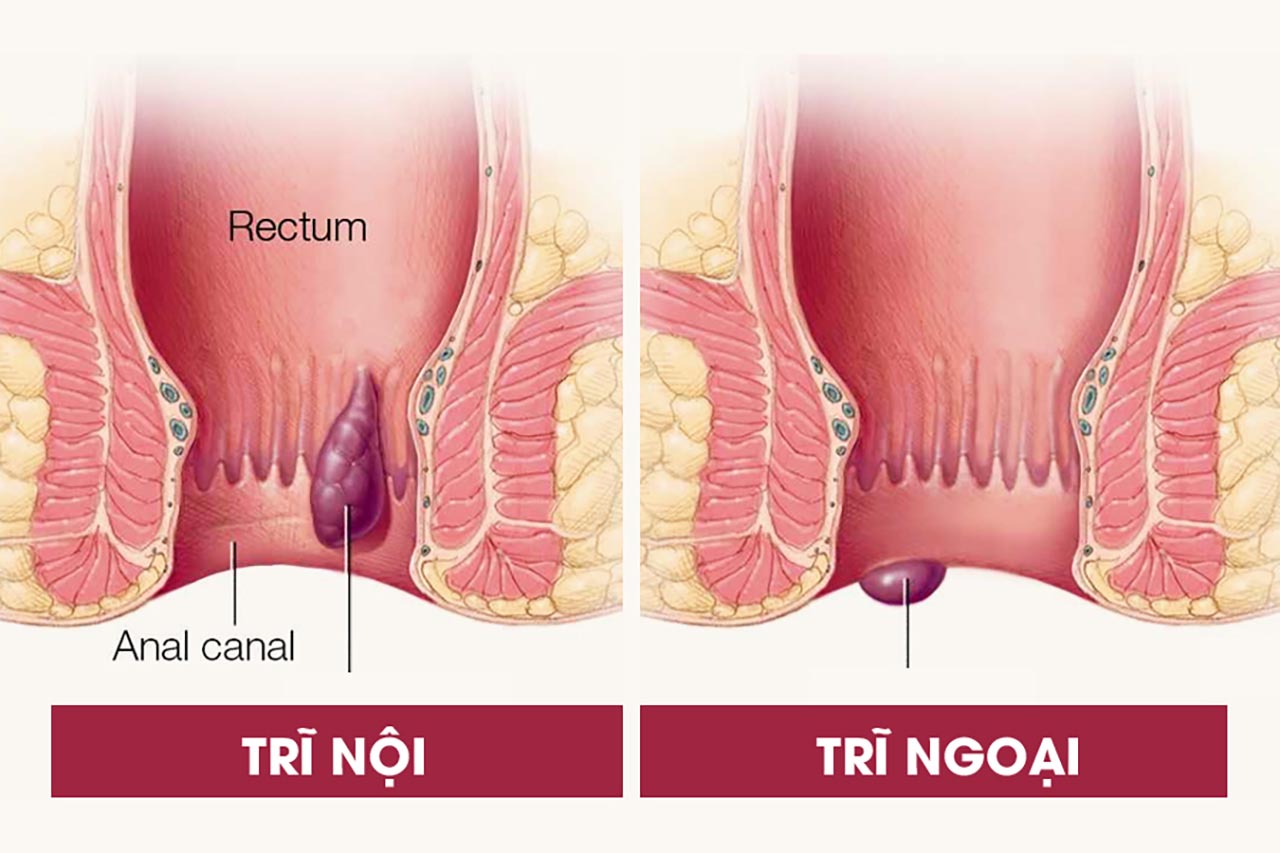R&D (Research and Development), often translated as “research and development”, is a very commonly used phrase in corporate governance, especially for with manufacturing enterprises.
If a few years ago, research and development activities were still very strange to Vietnamese enterprises, recently, manufacturing and service providers have begun to focus on this activity. Most large enterprises have an R&D department (or department). This department has the main task of researching and developing new products to meet market needs and implementing the development strategy of the business.
It is also because of the “imposition” of this rather narrow task that many R&D departments of Vietnamese enterprises have not performed all the necessary functions of a research and development unit in the true sense, leading to the development ability of the enterprise is limited, confined within the framework of a pure and rigid product, causing a waste of resources and enterprise resources.
Worldwide, the research and development function is not limited to the introduction of new products. A professional R&D department in a multinational corporation often “covers” many of the following functions simultaneously.
1. Research – product development (Product R&D)
This is a purely product research and development function to launch products with new designs, materials, features, and uses. For example, fish sauce products made from salmon, seasoning powder made from seaweed, bottled herbal tea, uPVC doors, etc. This research and development activity often focuses on product formulas and ingredients. creation, color, flavor, material, product design… In addition, product research and development also includes research, improvement, and quality improvement of existing products.
For service providers, this function focuses on researching and developing new services with new content, bringing new benefits. Such as tours to new places, beauty care services using natural extracts, mud bath services in the resort…
2. Packaging Research & Development (Packaging R&D)
In addition to researching and developing new products, for some businesses, especially those manufacturing and trading fast-moving consumer goods (FMCG), the R&D department also has a research function. Research and develop new types of packaging materials (different from design, color, decoration, packaging printing – usually undertaken by the marketing department).
For example, a company in the beverage industry that launches bottled green tea products, which are filled at high temperatures, must have a plastic bottle made of heat-resistant material that won’t deform, non-toxic. The company’s R&D department must research to choose the most cost-effective material for this new product. As for the product design, labels, and the decoration of beautiful and eye-catching display booths, the marketing department is in charge. Sometimes, the research and development of packaging also researches special designs of packaging (for example, paper milk cartons shaped like buns, pyramids, etc.), as well as dark packaging methods. superior.
The research and development of packaging contributes greatly to the success of product consumption. Many times, just changing the packaging material, while keeping the same ingredients, quality and quantity of products inside, the consumption of products can be increased many times. Packaging for instant noodle products is an example. When switching from paper packaging to plastic packaging, instant noodle products of Vietnamese enterprises, which were positioned as popular, were able to compete on par with foreign products, although the quality of the product was not equal to that of other countries. The inside hasn’t changed much.
3. Research – Technology Development (Technology R&D)
Research and search for optimal production and processing technology to produce products (both old and new) with optimal quality and cost is also one of the important functions of the department. research and development. For example, natural fermentation technology is different from acid hydrolysis in soy sauce production, draft beer production technology is different from “boiled” beer, flavoring technology in beverage industry…< /p>
Technology research and development including “technological intelligence” activities, studying the technological know-how of competitors to imitate or develop new technologies for themselves.
4. Research – process development (Process R&D)
The essence of this function is to research and search for optimal processes of production, processing, assembly, operation, coordination, etc., which are represented by specific processes with high applicability. , bringing practical performance and efficiency to businesses. Typical for this activity is research to improve and develop production processes (for products), service processes (for services), operating procedures (for machines)… This activity can be considered as a research and development activity “software” of the product, which is different from “hardware” which is materials, formulas, product packaging, production and processing technology…< /p>
Research and development of this “software” is often overlooked or ignored, while the effectiveness is sometimes even higher than that of “hardware”. Especially, for services, the research and development of service processes is very important, if not decisive in the success or failure of this type of service. that case.
In order to perform its duties well, the R&D department cannot help but focus on a very scientific and logical process for research and development activities, often given a very name. clearly the “research and development process”. This procedure prescribes the sequence of steps in research and development activities, describes the coordination between the R&D department and other parts of the enterprise such as marketing, production, quality control, finance…; from request receipt, research, analysis, trial production, to mass production…
As such, research and development should be understood broadly, not limited to the pure and rigid framework of a product or service. With this understanding, the function of an R&D department will be expanded, facilitating the expansion of the scope of research and development so that enterprises can take advantage of resources and save costs.
















